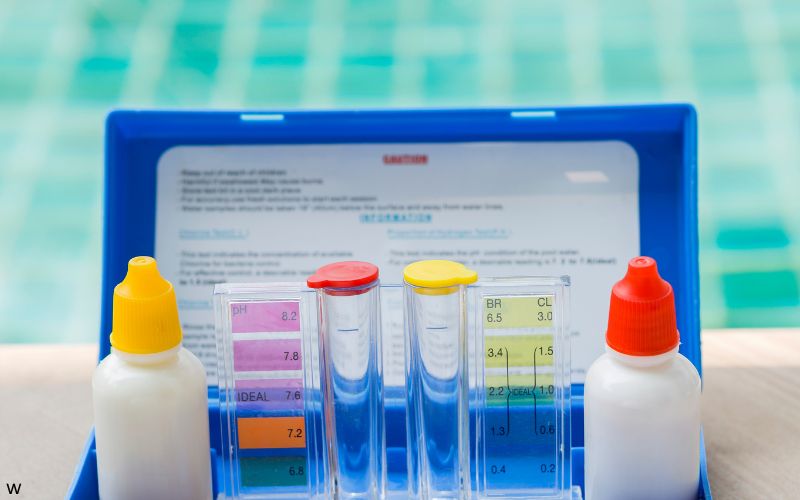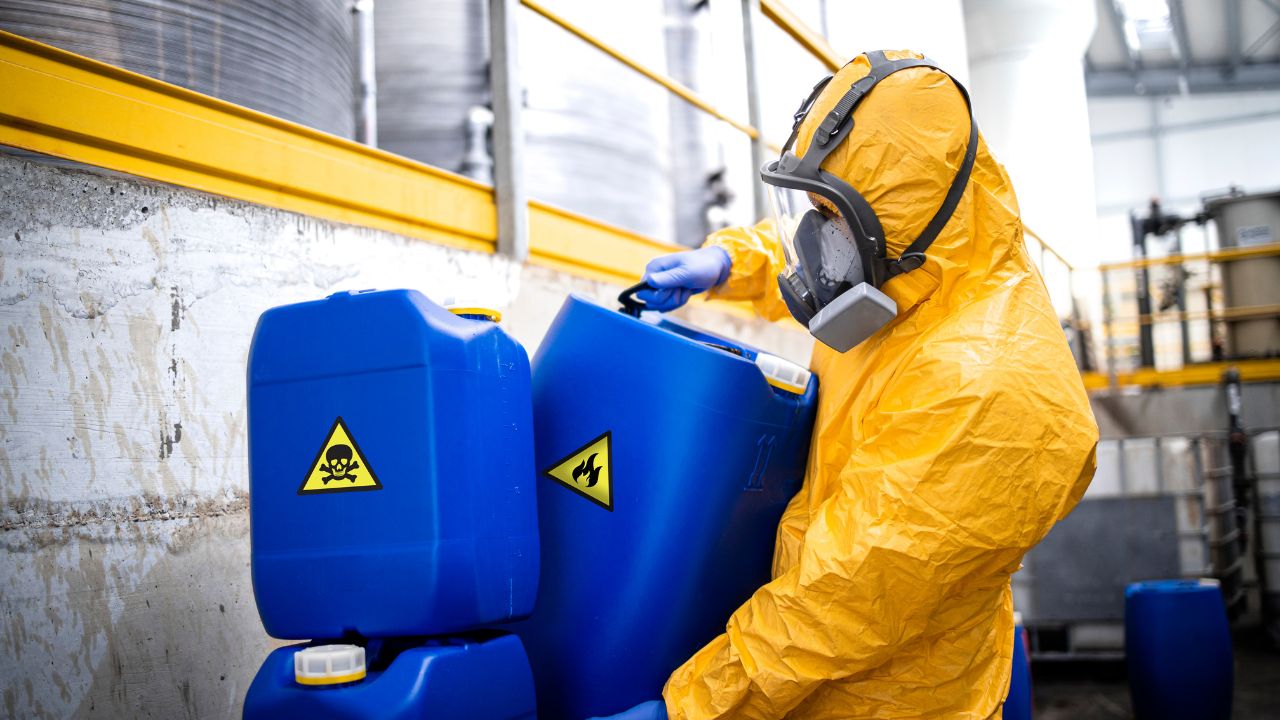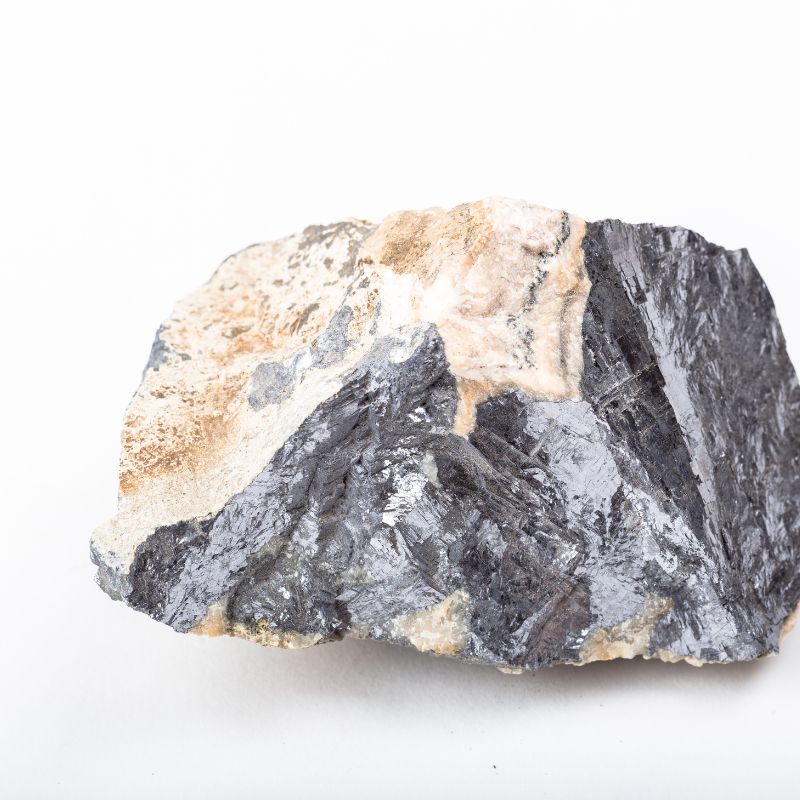Laredo Water Quality at a Glance
serious concerns
Is Laredo Water Safe to Drink?
Limited Safety With Major Concerns – Laredo water technically meets federal standards but faces critical infrastructure failures with 40% of pipes past their useful life. Recent E. coli contamination led to an 11-day city-wide boil water notice in October 2024. Additional concerns include elevated disinfection byproducts exceeding health guidelines and water supply crisis projected by 2040-2044. The city depends entirely on the Rio Grande River, making it vulnerable to drought and Mexico’s water treaty obligations.
⚠️ Key Concerns for Laredo Residents
- Recent E. Coli Crisis: 11-day boil water notice in October 2024 affecting entire city due to bacterial contamination and aging infrastructure
- Infrastructure Failure: 40% of water pipes over shelf life, 200+ illegal connections discovered, $11.3M emergency repair project approved
- Disinfection Byproducts: Trihalomethanes (TTHMs) ranging 33.9-105 ppb, exceeding 80 ppb federal limit; chloroform and bromodichloromethane above health guidelines
- Water Supply Crisis: Predicted water shortage by 2040-2044; Amistad Reservoir at only 28% capacity; sole dependency on Rio Grande River
Read the full report below for detailed analysis, recent crisis updates, and actionable recommendations for Laredo residents.
Laredo – Texas – Water Quality Report 2025: Infrastructure Crisis, E. coli Contamination & Safety across your city
Laredo’s Utilities Department manages a municipal water system serving over 256,000 residents within the city and surrounding areas. The system includes two water treatment plants (Columbia and Jefferson) with a combined capacity of 85 million gallons per day, approximately 754 miles of water lines, and multiple pump stations. Laredo draws 100% of its drinking water from the Rio Grande River through protected intake structures that feed directly to the adjacent water treatment facilities.
The City of Laredo owns approximately 62,009 acre-feet of municipal water rights, with an average daily consumption of around 36 million gallons and peak demand reaching nearly 59 million gallons. Laredo’s water system faces critical challenges with aging infrastructure, with over 40% of water lines exceeding their 50-year lifespan. Recent investments totaling $68.5 million have focused on emergency infrastructure replacement following the October 2024 E. coli crisis, with the city implementing an $11.3 million pipe-bursting project to replace 30,110 feet of aging waterlines by September 2025.

Laredo Water Quality: Current Status (2024-2025)
Latest Testing Results
- Recent Crisis: In October 2024, Laredo issued an 11-day city-wide boil water notice after E. coli bacteria was detected in the water system, affecting all 256,000+ residents due to aging infrastructure and over 200 illegal water connections.
- Testing Scope: Following the E. coli crisis, Laredo has implemented enhanced monitoring throughout the distribution system with dedicated testing sites and increased sampling frequency to prevent future contamination incidents.
- Compliance Status: As of the latest quarter assessed (April-June 2024), Laredo’s water meets federal and state drinking water standards, but the city faces ongoing infrastructure vulnerabilities requiring immediate attention.
Rio Grande Water Source
- Surface Water: 100% of Laredo’s water supply comes from the Rio Grande River, with water diverted through protected intake structures directly to adjacent treatment facilities, creating vulnerability during drought periods.
- Water Supply Crisis: Studies project Laredo will face water shortages by 2040-2044, with the Amistad Reservoir currently at only 28% capacity, threatening long-term water security for the region.
- Source Vulnerability: The Texas Commission on Environmental Quality (TCEQ) assessment indicates susceptibility to certain contaminants due to the nature of surface water sources and climate challenges including prolonged drought conditions.
Treatment Technology
- Dual Treatment Plants: Two water treatment facilities (Columbia and Jefferson) with a combined capacity of 85 million gallons per day utilize conventional treatment processes including coagulation, sedimentation, filtration, and disinfection.
- Disinfection Method: Laredo primarily uses chloramine (a combination of chlorine and ammonia) as its disinfectant, though the city temporarily switched to free chlorine during the October 2024 crisis for more aggressive disinfection before returning to chloramines in December 2024.
- Enhanced Monitoring: Following the E. coli incident, the city has implemented continuous monitoring systems and increased chlorination levels to maintain water safety throughout the aging distribution network.
Infrastructure Crisis Response
- Emergency Pipeline Replacement: Following the October 2024 E. coli incident, the city approved an $11.3 million emergency project to replace 30,110 feet of aging water mains using trenchless pipe-bursting technology, with completion expected by September 2025.
- Illegal Connection Amnesty: The city discovered over 200 illegal or faulty water connections during the crisis investigation and implemented an amnesty program to encourage residents to report violations and bring connections into compliance.
- Management Restructuring: The Utilities Department has hired interim executive directors and professional consultants to oversee the $68.5 million infrastructure improvement program and prevent future contamination incidents.
Water Quality and Conservation Initiatives
Laredo provides comprehensive water quality reporting through annual Consumer Confidence Reports and maintains emergency notification systems following lessons learned from the October 2024 crisis. The city has implemented enhanced monitoring procedures with dedicated testing sites throughout the distribution system to identify potential contamination sources faster. Recent testing has shown improved water quality following extensive remediation efforts, aggressive system flushing, and infrastructure repairs. Laredo maintains Stage 2 water conservation measures with potential escalation to Stage 3 during severe drought periods, as the city works to address both immediate safety concerns and long-term water supply challenges projected to reach crisis levels by 2040-2044.
Recommendations for Laredo Residents

Test Your Water
Request water testing through the Utilities Department by calling (956) 721-2000. Testing is especially important for homes built before 1986 which may have lead components in their plumbing, and for monitoring bacterial contamination given recent infrastructure issues.

Use Certified Filters
Install NSF-certified filters for drinking and cooking water that are rated for specific contaminants including trihalomethanes (DBPs), bacteria removal, and lead (Standard 53), especially given infrastructure vulnerabilities and recent contamination events.

Flush Your Pipes
If water has been sitting in pipes for 6+ hours, run cold water for 1-2 minutes before using for drinking or cooking. Always use cold water for consumption to minimize potential lead exposure and reduce bacterial growth in aging infrastructure.

Conserve Water
Follow Laredo’s Stage 2 water conservation guidelines, especially during drought periods. Limit lawn watering to designated times before 8 a.m., fix leaks promptly, and install water-efficient fixtures to help preserve this vital resource facing projected shortages by 2040.

Stay Informed
Sign up for emergency notifications through the city’s alert system following lessons learned from the October 2024 crisis. Follow the City of Laredo and Utilities Department on social media for updates on water quality, maintenance, and any advisories.
Quality News About Your Water
Get the comprehensive water quality news coverage you need with our dedicated US Water News Service. From coast to coast, we deliver in-depth reporting and expert analysis on PFAS contamination, EPA regulatory changes, infrastructure developments, and emerging water safety issues affecting communities nationwide. While mainstream media only covers the biggest stories, we provide the detailed, ongoing coverage that helps you understand the full scope of America’s water challenges. Whether you’re a concerned citizen, water professional, or community leader, our daily updates and analytical insights keep you informed about the issues that matter most to public health and environmental safety.
Frequently Asked Questions
Is Laredo’s tap water safe to drink?
Laredo’s tap water currently meets federal and state drinking water standards, but the city faces significant safety concerns. The October 2024 E. coli crisis that led to an 11-day boil water notice exposed critical infrastructure vulnerabilities with over 40% of pipes exceeding their service life and over 200 illegal connections discovered.
Key concerns include elevated disinfection byproducts (trihalomethanes ranging 33.9-105 ppb, occasionally exceeding the 80 ppb federal limit), aging infrastructure creating contamination risks, and vulnerability to future bacterial intrusions. While current water meets regulatory standards following remediation efforts, using NSF-certified filtration systems is highly recommended for drinking water, especially given recent contamination events and ongoing infrastructure challenges.
What caused the October 2024 boil water notice?
In October 2024, Laredo issued a city-wide boil water notice lasting 11 days after E. coli bacteria was detected in the water system. The investigation revealed multiple critical factors:
1. Aging infrastructure: Over 40% of water lines exceeding their 50-year service life, creating vulnerabilities for contamination
2. Illegal connections: Over 200 illegal or faulty connections discovered throughout the system, worsening bacterial contamination
3. Distribution system vulnerabilities: Contamination entered the system within the distribution network rather than at treatment plants
The city has since implemented an $11.3 million emergency pipeline replacement program, enhanced monitoring systems, illegal connection amnesty program, and management restructuring to prevent future incidents.
Why does Laredo use chloramine instead of just chlorine?
Laredo typically uses chloramine (a combination of chlorine and ammonia) as its primary disinfectant for several reasons:
• Long-lasting protection: Chloramine remains effective longer throughout the distribution system, providing better protection against bacterial growth in Laredo’s extensive aging pipeline network
• Distribution system stability: Chloramine provides more consistent disinfection throughout the system, especially important in hot weather and aging infrastructure
• Crisis response flexibility: During the October 2024 E. coli crisis, the city temporarily switched to free chlorine for more aggressive disinfection, then returned to chloramines in December 2024
However, chloramine can still form disinfection byproducts (trihalomethanes) when reacting with organic matter, which is why some residents choose to filter their drinking water.
Are there water restrictions in Laredo?
Laredo currently maintains Stage 2 water conservation measures due to ongoing drought conditions and long-term water supply concerns:
Current Stage 2 Restrictions:
• Lawn watering limited to three times per week before 8 a.m.
• Car washing restricted to designated times
• Encouragement to use drought-resistant landscaping
• Mandatory leak repairs within specified timeframes
Potential Stage 3 Escalation:
With Amistad Reservoir at only 28% capacity and water supply projections showing shortages by 2040-2044, Laredo may implement Stage 3 restrictions including:
• Lawn watering reduced to once weekly only
• Prohibition of non-essential water uses
• Mandatory conservation targets for all users
Current restrictions and updates are available by contacting the Utilities Department at (956) 721-2000.
Contaminants of Concern

Disinfection Byproducts
Source: Form when chloramine disinfectant reacts with naturally occurring organic matter in the Rio Grande water, including Trihalomethanes (TTHMs) and Haloacetic Acids (HAA5s)
Health Effects: Potential increased risk of bladder cancer, liver and kidney problems, and reproductive effects with long-term exposure to elevated levels
Current Levels: Recent testing showed TTHM levels ranging from 33.9-105 ppb (occasionally exceeding the MCL of 80 ppb) and HAA5 levels between 12.7-48.9 ppb (below the MCL of 60 ppb but above health guidelines)

Bacterial Contamination Risk
Source: Infrastructure vulnerabilities including aging pipes (40% over 50 years old), illegal connections, and distribution system weaknesses that allowed E. coli intrusion in October 2024
Health Effects: E. coli and other bacteria can cause severe gastrointestinal illness, dehydration, and potentially life-threatening complications, especially in vulnerable populations
Current Status: System remediated following 11-day boil water notice, but ongoing infrastructure vulnerabilities require enhanced monitoring and emergency preparedness
Please read – our information
The information presented on cleanairandwater.net is compiled from official water quality reports, trusted news sources, government websites, and public health resources. While we strive for accuracy and thoroughness in our presentations, we are not scientists, engineers, or qualified water quality professionals.
Our mission is to present water quality information in an accessible, real-world format that helps people understand what’s in their water and make informed decisions about their health and safety. We believe that complex environmental information should be available to everyone in a format that’s easy to understand.
We make every effort to ensure our content is current and accurate, but we cannot guarantee that all information is complete or error-free. This website should not replace official communications from your local water utility or health department. We always recommend consulting official sources for the most up-to-date information regarding your specific water system.
Clean Air and Water is not liable for any unintentional errors, omissions, or outdated information. The content on this site is provided for informational purposes only and should not be considered professional advice.


